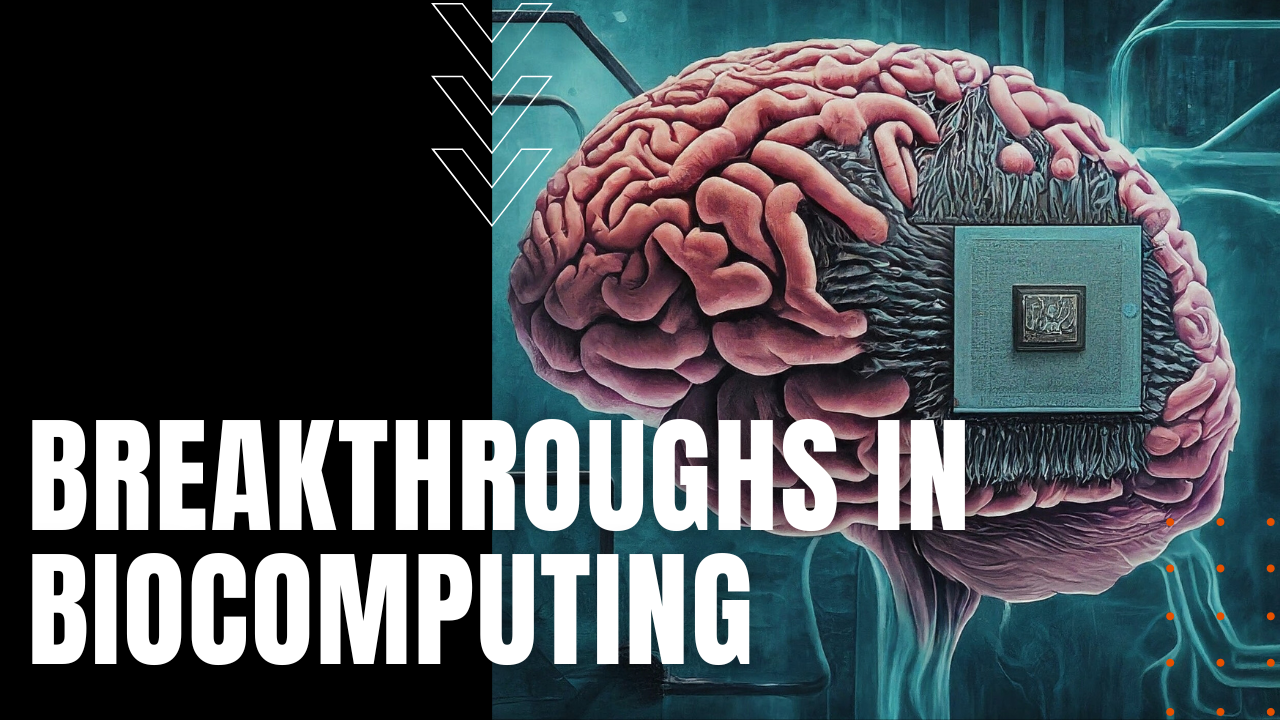Breakthroughs in Biocomputing

In the ongoing and accelerating march of science, researchers have recently produced organoids that resemble human organs, including brains, kidneys, lungs, stomachs and livers, which has added a dramatic new understanding regarding how organs work without the need to experiment on actual human or animal organs. To push the envelope even farther, a group of researchers led by Feng Guo of the Department of Intelligent Systems Engineering at Indiana University, published their findings in brain organoid biocomputing in a December 2023 publication of Nature Electronics, entitled “Brain Organoid Reservoir Computing for Artificial Intelligence,” where they combined lab-grown human brain tissue with computer hardware to create a working biocomputer.
Sci-Fi to Reality
In yet another case of science fiction turned reality, the American research team made brain-like tissue that took the form of what they called a “brain organoid,” comprised of a collection of individualized, complex brain cells grown from stem cells. Their brain organoid resulted in a phenomena that allows stem cells to follow their own genetic instructions to self-organize into working brain matter, which formed electrically charged neuron cells that typically transport signals to the brain and other parts of the body. In combination with artificial intelligence and a modified brain-machine interface or BMI, the research team reported that brain cells used in the experiment were able to recognize speech and complete simple mathematical problems. Nicknamed Brainoware, the system was used to establish communication between the organoid and electronic circuits, while an artificial intelligence algorithm was used to help read the neural activity of the organoid, forming the first ever functioning bridge between AI and a brain organoid.
High Accuracy Success
During one part of the experiment, the team tested Brainoware’s voice recognition ability, training the system on 240 recordings from eight different voices, which in turn produced eight different neural signals in reaction to each unique voice, all at an accuracy rate of 78%. While additional research and innovation lays ahead, the research team hopes that adding human brain power to AI will help machines with the things they don’t do as well as humans, since humans generally have faster learning capabilities and use less energy thinking than computers do, making breakthroughs in biocomputing, a stunning leap forward into exciting new realms of science.
